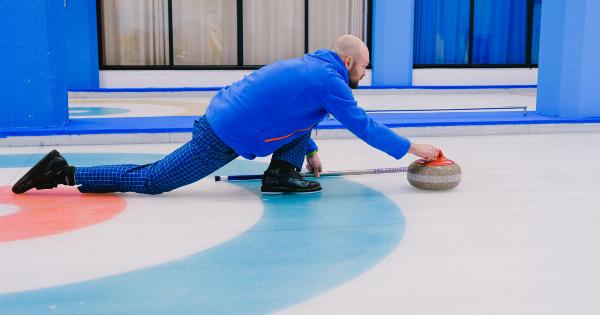Knee injuries can be one of the most debilitating forms of injury for athletes and non-athletes alike. The knee joint is composed of bones and soft tissues, making it one of the most complex structures in the body.
A knee injury can cause serious pain and discomfort, as well as limited mobility, which can disrupt everyday life.
However, with proper care and attention, knee injuries can be prevented. Read on to discover some tips and exercises that can help keep your knees strong.
1. Wear Proper Footwear
Wearing proper footwear is vital to maintaining healthy knees. It is essential to choose shoes that provide adequate support, cushioning, and stability for the feet, knees, and lower back.
High heels, for example, put additional stress on the knees and can contribute to chronic knee pain. Look for shoes that have good arch support and a well-cushioned sole.
If you are an athlete, it is important to choose shoes specific to your sport. Basketball, soccer, and tennis shoes, for example, are designed with specific features to prevent injuries.
2. Maintain a Healthy Weight
Being overweight puts additional stress on the knees, which can increase the likelihood of injury. Maintaining a healthy weight can alleviate this stress and reduce your risk of knee injuries.
Eating a healthy diet, exercising regularly, and engaging in activities that promote weight loss, such as yoga and Pilates, can help you maintain a healthy weight.
Consult with your physician to determine a healthy weight for your body type, age, and height.
3. Stretch and Strengthen Your Muscles
Stretching and strengthening your muscles is crucial to maintaining healthy knees. Tight muscles can increase the pressure on joints, while weak muscles can make the knee joint less stable.
By keeping your muscles flexible and strong, you can help protect the knee joint.
Examples of exercises that can help stretch and strengthen your muscles include:.
- Quad stretches
- Hamstring stretches
- Calf stretches
- Glute bridges
- Squats
- Lunges
- Leg presses
Consult with a certified personal trainer or physical therapist to learn proper technique and form for these exercises.
4. Use Proper Techniques When Exercising
Using proper techniques when exercising is vital to preventing knee injuries. Examples of proper techniques include:.
- Keeping your knees in line with your toes when performing squats and lunges
- Engaging your core during exercises to help stabilize your body and protect your knees
- Using proper form when performing jumping exercises, such as landing with your knees bent and landing softly
- Maintaining proper posture
Consult with a certified personal trainer or physical therapist to learn proper technique for exercises that require proper form.
5. Take Breaks and Rest
Taking breaks and rest is critical to preventing injuries. Overuse injuries can occur when the same muscles and joints are repeatedly exposed to stress without adequate rest.
Examples of activities that can cause overuse injuries include running, jumping, and walking on hard surfaces.
To prevent overuse injuries, take frequent breaks and rest your joints and muscles. Consider switching to low-impact exercises, such as cycling and swimming, to give your knees a break from the stress of high-impact activities.
6. Use Proper Equipment
Using proper equipment can also help prevent knee injuries. For example, consider using knee pads during sports, such as basketball and volleyball, to protect your knees during falls and dives.
Wearing braces and support sleeves can also help support and stabilize the knee joint during activity.
7. Warm Up and Cool Down
Giving your muscles time to warm up and cool down before and after exercising can help prevent knee injuries. Start your workouts with a slow and easy warm-up, such as stretching or walking, to prepare your muscles for higher-intensity exercise.
After your workout, cool down with stretches to help your muscles relax and recover.
8. Listen to Your Body
Finally, listen to your body. If you experience pain or discomfort during exercise, take a break and rest. Continuing to exercise through the pain can aggravate your knee injury and make it worse.
Consult with a physician if you experience persistent pain or discomfort.
Conclusion
Strong knees are crucial to an active and healthy lifestyle. By following the tips and exercises in this article, you can help prevent knee injuries and keep your knees healthy and strong.


























